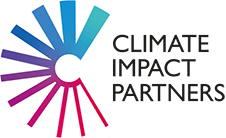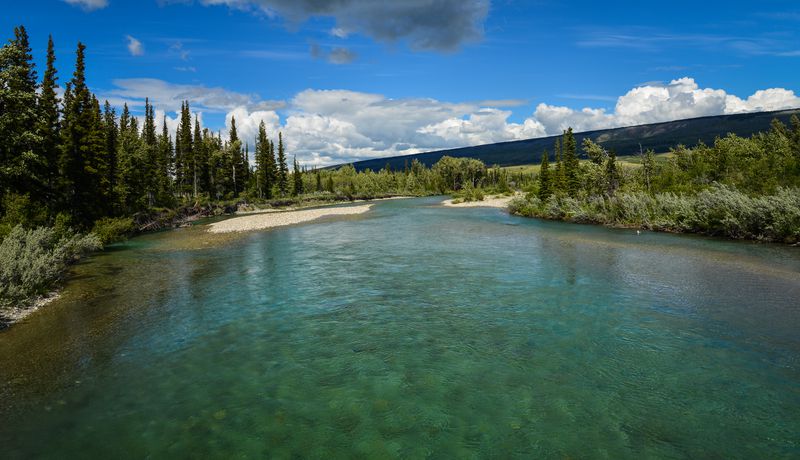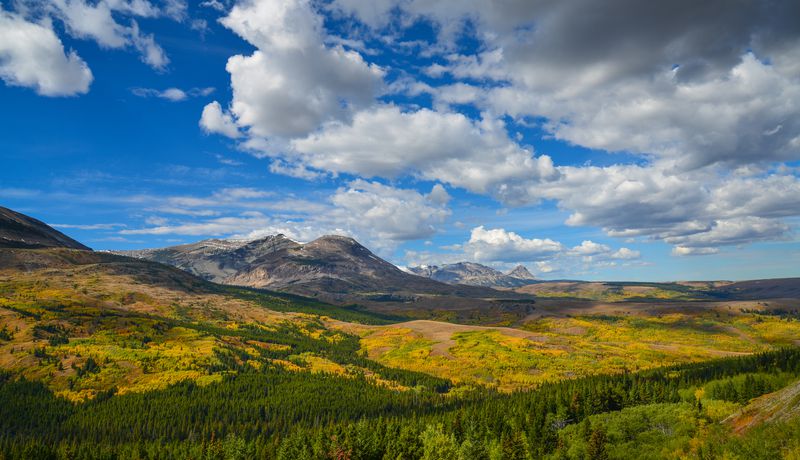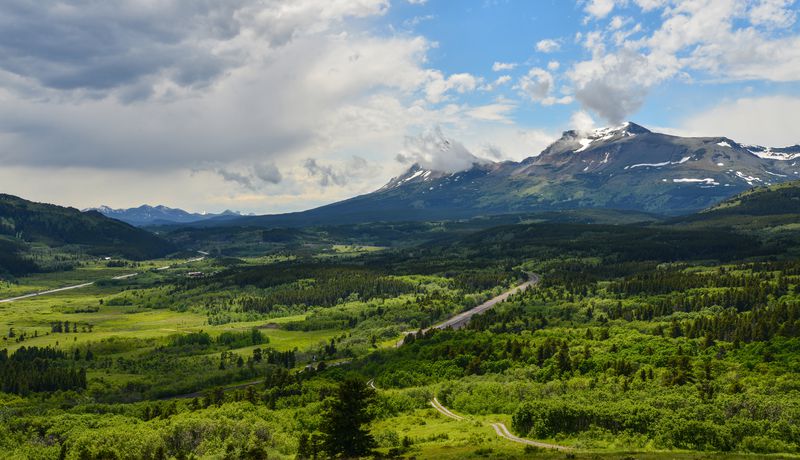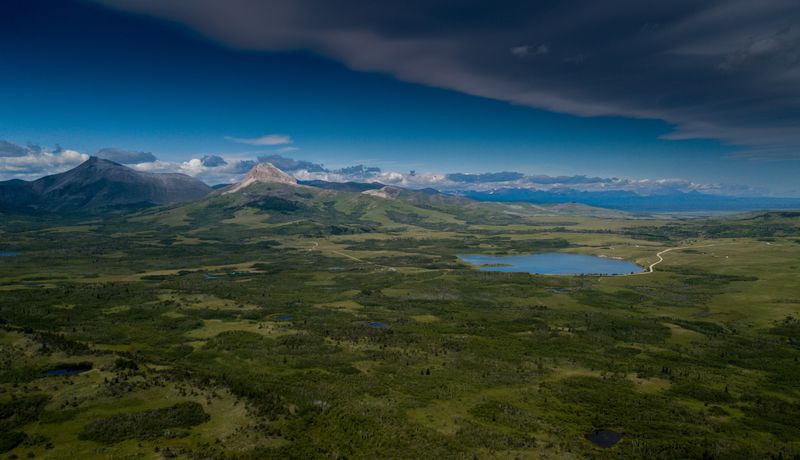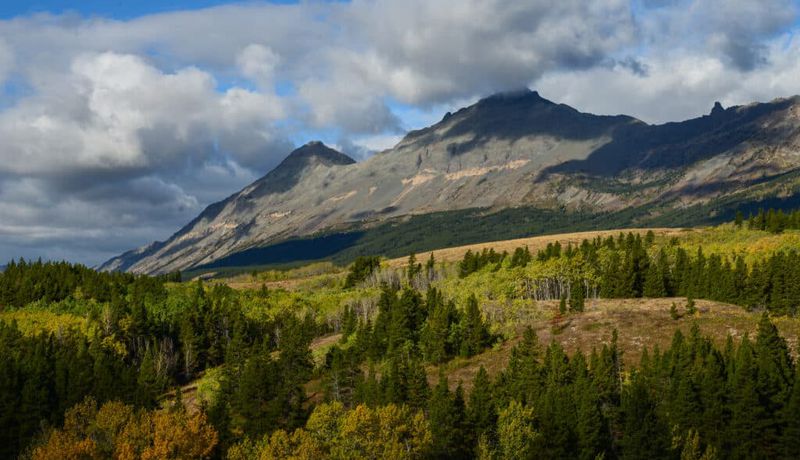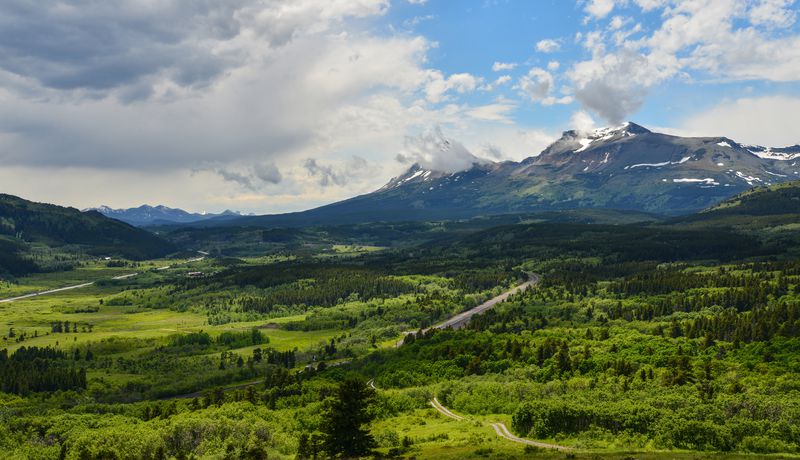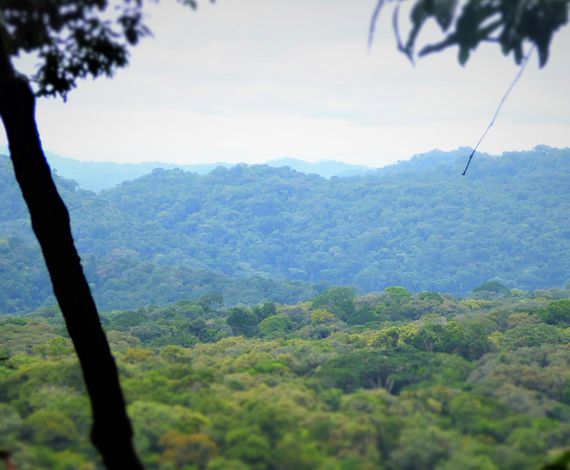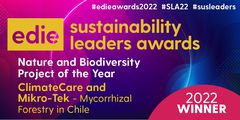Situated on 69,000 acres of ancestral forested lands in Glacier National Park, Montana, the project provides revenue to enable lower-yield but more sustainable harvesting practices. It is an area that supports a wide range of flora, including various species of pines and firs, and fauna, including elk, bison, and black bears.
Historically the forest has been subject to industrial timber harvesting. Aggressive forest management has resulted in a significant decline in the land’s quality and has created the need for action to increase forest resiliency, improve wildlife habitats, and maintain important watershed features and cultural sites.
By maintaining the forest, the project reduces land erosion and source water pollution which helps protect habitat benefits. Revenue from the project will also provide many direct benefits to the land’s tribe, including infrastructure development and the re-acquisition of land historically taken from them by the government.
About National Indian Carbon Coalition (NICC)
The National Indian Carbon Coalition’s (NICC) mission is to preserve tribal land ownership and reduce the effects of climate change by conserving the natural resources of tribal lands in order to minimize human-caused greenhouse gas emissions. Revenue generated from the development of carbon sequestration on tribal land will allow for tribes to acquire traditional homelands, develop additional renewable energy projects, and support the tribal community members through social programs.
About the Blackfeet Nation
The Blackfeet Nation is working with NICC to increase forest resiliency, promote a diversity of tree age classes in their woodlands, improve wildlife habitat, maintain important watershed features, and consider the dynamic conditions brought on by climate change and on-going drought. By maintaining forest carbon stocks above the baseline level, the Blackfeet Nation Forest Carbon Project will provide climate benefits through carbon sequestration while achieving measurable GHG removals.
The Blackfeet Nation Forest Carbon Project is located on 69,010 acres of forested lands in Montana on the eastern slope of Glacier National Park. Land management decisions are defined by the objectives of the Blackfeet Nation, including harvest revenue, responsiveness to socio-economic conditions, employment opportunities, preservation of significant cultural sites, and enhancement of aesthetic values and recreational uses. The primary management objective is to provide benefits to the Blackfeet Nation through enhanced carbon storage; the goals and objectives of the Blackfeet Nation and forest management are able to function in harmony with implementation of the forest carbon offset project.
The project area supports a diverse pattern of forest cover types. The major conifer species are lodgepole pine, Engelmann spruce, subalpine fir, Douglas-fir, and white bark pine. Forest types are zoned in a generalized elevational distribution with a broad mosaic of aspen woodlands and conifer forests in lower elevations abutting the prairie grasslands at about 4,500 ft. Mid-elevation forests (4,000 – 6,600 ft.) are lodgepole pine dominated with occasional aspen groves, mountain grassland, and spruce/subalpine fir stands on north slopes and in riparian areas.
Blackfeet lands are held for the benefit of the tribal members in such a manner as to preserve long-term productivity of the land based on best uses. Forests are intended to be managed in the project area to maintain diverse wildlife habitat, maintain or increase biodiversity, and maintain and increase sites with cultural importance This management activity will increase carbon stocking by creating healthy, resilient, multi-aged stands.
In addition to delivering emission reductions and removals to help take urgent action to combat climate change (SDG 13), Improved Forest Management (IFM) projects in North America contribute to other Sustainable Development Goals (SDGs), offering multiple benefits:
- Clean Water and Sanitation: IFM projects that shift from production to conservation protect and improve water-related forest ecosystems, enhancing water quality and water retention. Conservation practices reduce soil erosion and act as a buffer for nitrate leakage from surrounding agriculture.
- Life on Land: IFM activities contribute significantly to biodiversity conservation and forest protection. Shifting from production to conservation helps avoid forest loss, while reduced impact logging contributes to higher species richness and biodiversity.
600+ projects have been supported by Climate Impact Partners
Delivering towards the Global Goals
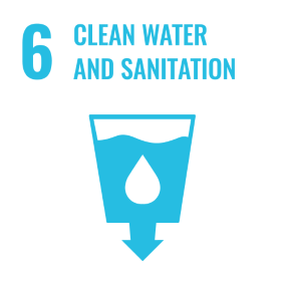
Clean Water and Sanitation
Ensure access to water and sanitation for all
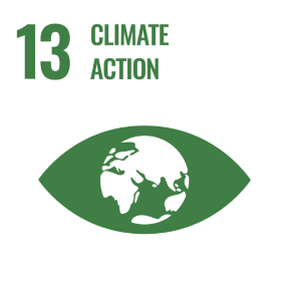
Climate Action
Take urgent action to combat climate change and its impacts
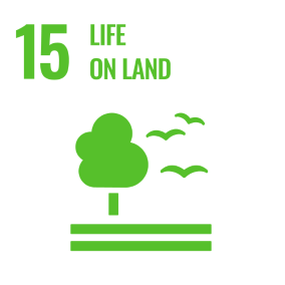
Life on Land
Sustainably manage forests, combat desertification, halt and reverse land degradation, halt biodiversity loss

Supporting our projects delivers on multiple UN Sustainable Development Goals (SDGs). You can read more on the Goals below.
Learn more about the global goalsNext Steps
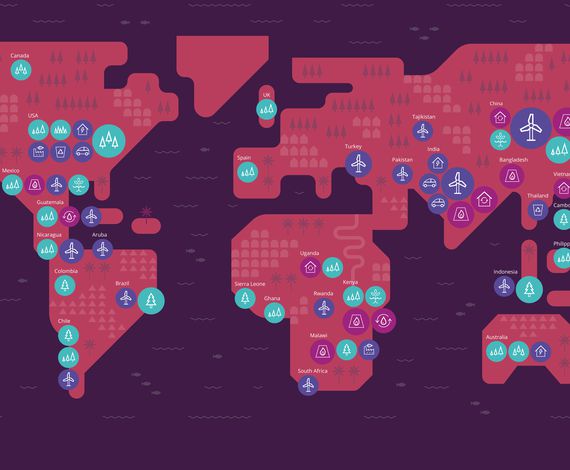
Explore our projects
Explore our range of projects across the globe: nature based solutions, health and livelihoods and sustainable infrastructure.
Explore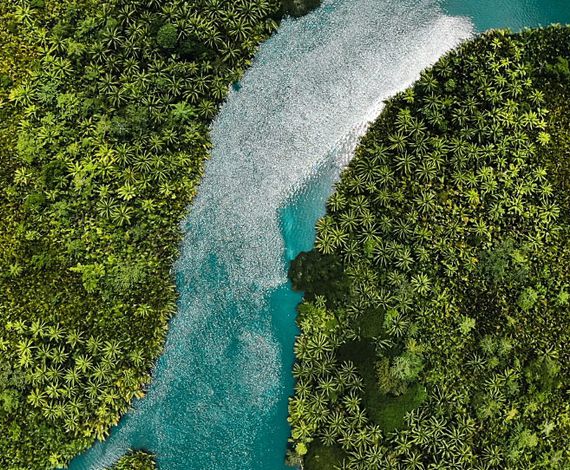
Business Solutions
We are the leading solutions provider for carbon offsetting, net zero, carbon neutrality and carbon finance project development.
Read more